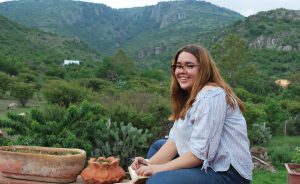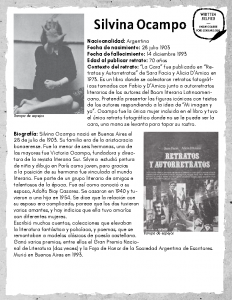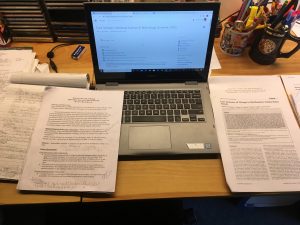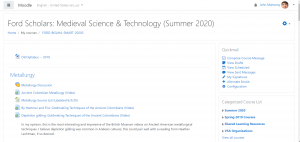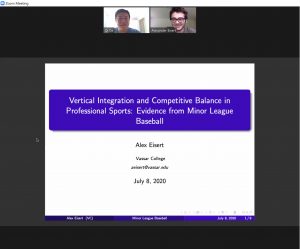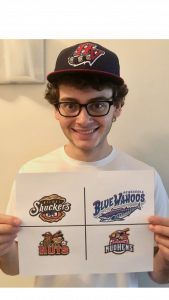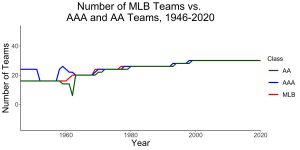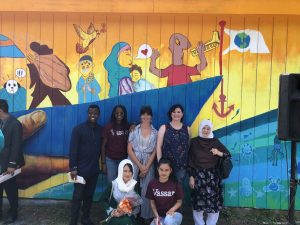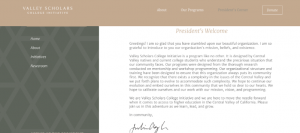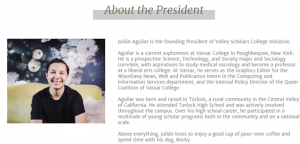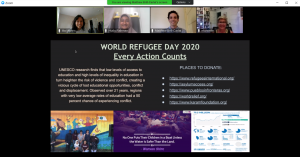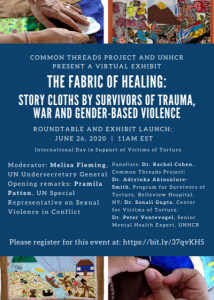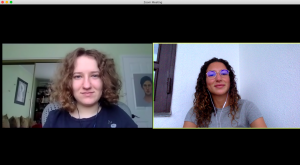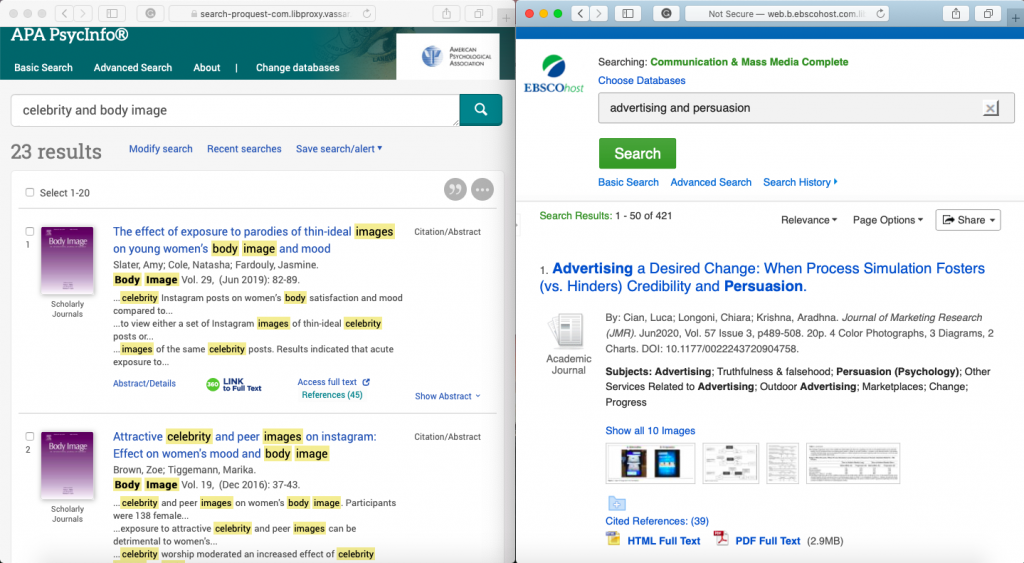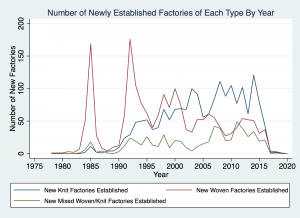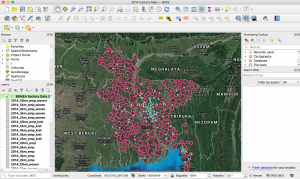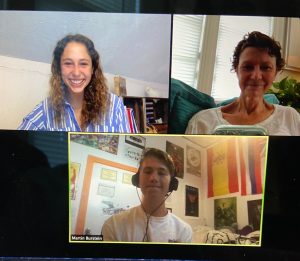In a project that combined research and production, Professor Hacthoun and I worked over the summer on preparing class material focusing on literary self-portraits. Literary self-portraits are a tradition going back hundreds of years in Hispanic literature; authors introduce themselves to the readers, describing their physical, mental, or emotional qualities, often times a combination of the three. Perhaps the most iconic literary self-portrait is Miguel de Cervantes, who in his collection Novelas ejemplares described in words a portrait of himself.
It doesn’t start or stop with Cervantes. Following the same tradition, many authors throughout the ages and throughout the world wrote self-portraits of themselves. In the first part of the project, I collected as many self-portraits as I could, anything from poems about facial features to essays meditating on personality. After collecting a large number of them, Professor Hacthoun and I came together to discuss and select those that students could take advantage of the most.
We then wrote small commentaries for each, pointing out different author’s methods of self-representation and other such notes. I collected the self-portraits and commentaries into a document with information about the author, the context of the self-portraits, and a glossary to be published online for students to access.
Throughout the project I learned about a lot about human’s need to explain themselves to each other and to themselves, as well as various research skills. Literary self-portraits are a way of exploring one’s own identity and even, in a way, fashioning it. The research we conducted opened an avenue for teaching that not only includes tools like vocabulary, history, and syntax, but also a way for students to explore and fashion their own identities.
–Laila Bárcenas Meade, July 2020

